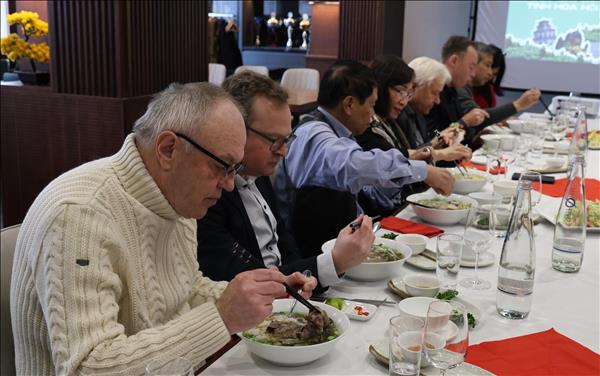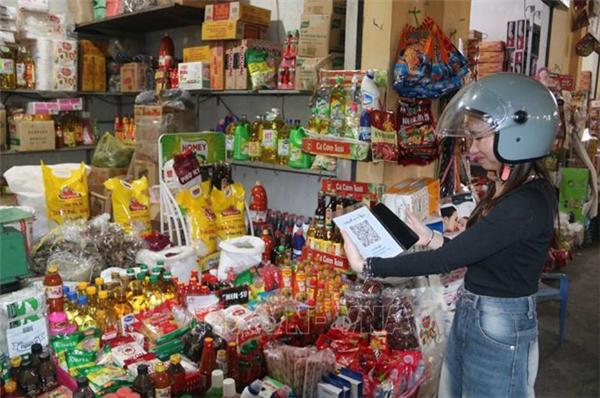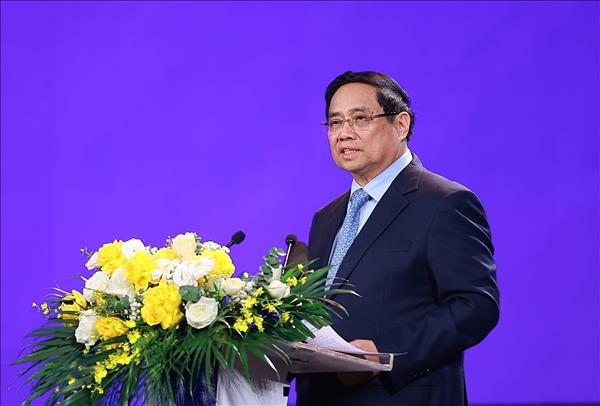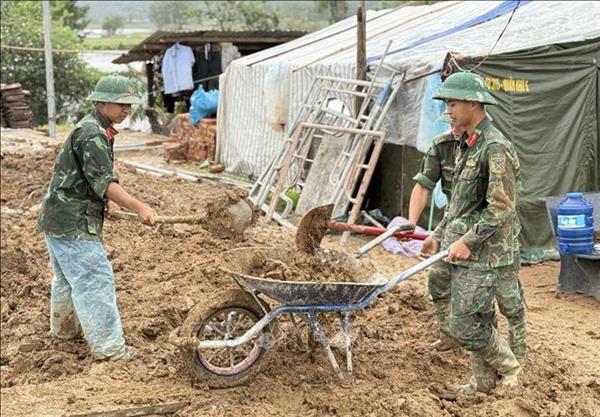A VPA is a voluntary trade agreement between the EU and countries making wooden products to promote trade in legal timber and ensure only legally harvested timber is imported into the EU from these countries.
Vietnam and EU concluded VPA negotiations last month.
According to delegates, the forest pact would increase the competitiveness of Vietnamese timber products compared to those from countries that do not have much control over the forestry sector.
Speaking at a seminar on promoting furniture and handicraft exports to European market, Jana Herceg, deputy head of the trade and economic section of the Delegation of the European Union to Vietnam, said Vietnam is the second country in ASEAN after Indonesia to conclude this agreement.
So when the VPA-FLEGT agreement takes effect, it would further boost the export of furniture products, she said.
European consumers want to know about labour conditions and corporate social responsibility standards, she said.
If Vietnamese companies understand consumers demand and meet these conditions, they have the opportunity to boost exports to Europe, she said.
To penetrate the market, good quality is the first thing firms need to have, she said.
“Once you have the products you have to make sure that people know about your products, you need to have good marketing and good branding.”
Bui Thi Viet Anh of the Institute of Policy and Strategy for Agriculture and Rural Development said VPA-FLEGT certificates would help increase opportunities to export to other important markets.
But the process is relatively complicated, and increases costs and administrative procedures in Vietnam, she said.
Enterprises also face trade barriers and intense competition from other exporters to the market, which require them to improve quality, access to information and competitiveness.
They need to ensure legal timber sources by increasing import of raw materials from low-risk countries, connecting with importers in developed countries, and investing in timber growing in Vietnam, she said.
Nguyen Chanh Phuong, deputy chairman of the Handicrafts and Wood Industry Association of HCM City, said besides branding, product design and price are two important factors in the competitiveness of the wooden sector.
European consumers’ habits are changing, and exporters need to catch up on these trends, he said.
Johannes Schwegler of the Swiss Import Promotion Programme said there is an emerging trend of using laminated flooring and bamboo products as substitutes for tropical timber because of their environmental-friendliness and technical properties.
Solid wood-based products, which are the strength of Vietnamese firms, still have opportunities for growth, but Vietnamese firms should keep abreast of market trends, he said.
Bui Thi Thanh An, deputy director general of Vietnam Trade Promotion Agency, said exports of wood and wooden products were worth nearly 7 billion USD last year.
The EU is currently the fourth largest importer of Vietnamese wood and wood products. It is also one of Vietnam’s timber suppliers.
Prospects for exporting furniture to the EU this year are good, she added.
Vietnam and EU concluded VPA negotiations last month.
According to delegates, the forest pact would increase the competitiveness of Vietnamese timber products compared to those from countries that do not have much control over the forestry sector.
Speaking at a seminar on promoting furniture and handicraft exports to European market, Jana Herceg, deputy head of the trade and economic section of the Delegation of the European Union to Vietnam, said Vietnam is the second country in ASEAN after Indonesia to conclude this agreement.
So when the VPA-FLEGT agreement takes effect, it would further boost the export of furniture products, she said.
European consumers want to know about labour conditions and corporate social responsibility standards, she said.
If Vietnamese companies understand consumers demand and meet these conditions, they have the opportunity to boost exports to Europe, she said.
To penetrate the market, good quality is the first thing firms need to have, she said.
“Once you have the products you have to make sure that people know about your products, you need to have good marketing and good branding.”
Bui Thi Viet Anh of the Institute of Policy and Strategy for Agriculture and Rural Development said VPA-FLEGT certificates would help increase opportunities to export to other important markets.
But the process is relatively complicated, and increases costs and administrative procedures in Vietnam, she said.
Enterprises also face trade barriers and intense competition from other exporters to the market, which require them to improve quality, access to information and competitiveness.
They need to ensure legal timber sources by increasing import of raw materials from low-risk countries, connecting with importers in developed countries, and investing in timber growing in Vietnam, she said.
Nguyen Chanh Phuong, deputy chairman of the Handicrafts and Wood Industry Association of HCM City, said besides branding, product design and price are two important factors in the competitiveness of the wooden sector.
European consumers’ habits are changing, and exporters need to catch up on these trends, he said.
Johannes Schwegler of the Swiss Import Promotion Programme said there is an emerging trend of using laminated flooring and bamboo products as substitutes for tropical timber because of their environmental-friendliness and technical properties.
Solid wood-based products, which are the strength of Vietnamese firms, still have opportunities for growth, but Vietnamese firms should keep abreast of market trends, he said.
Bui Thi Thanh An, deputy director general of Vietnam Trade Promotion Agency, said exports of wood and wooden products were worth nearly 7 billion USD last year.
The EU is currently the fourth largest importer of Vietnamese wood and wood products. It is also one of Vietnam’s timber suppliers.
Prospects for exporting furniture to the EU this year are good, she added.
VNA/VNP

















